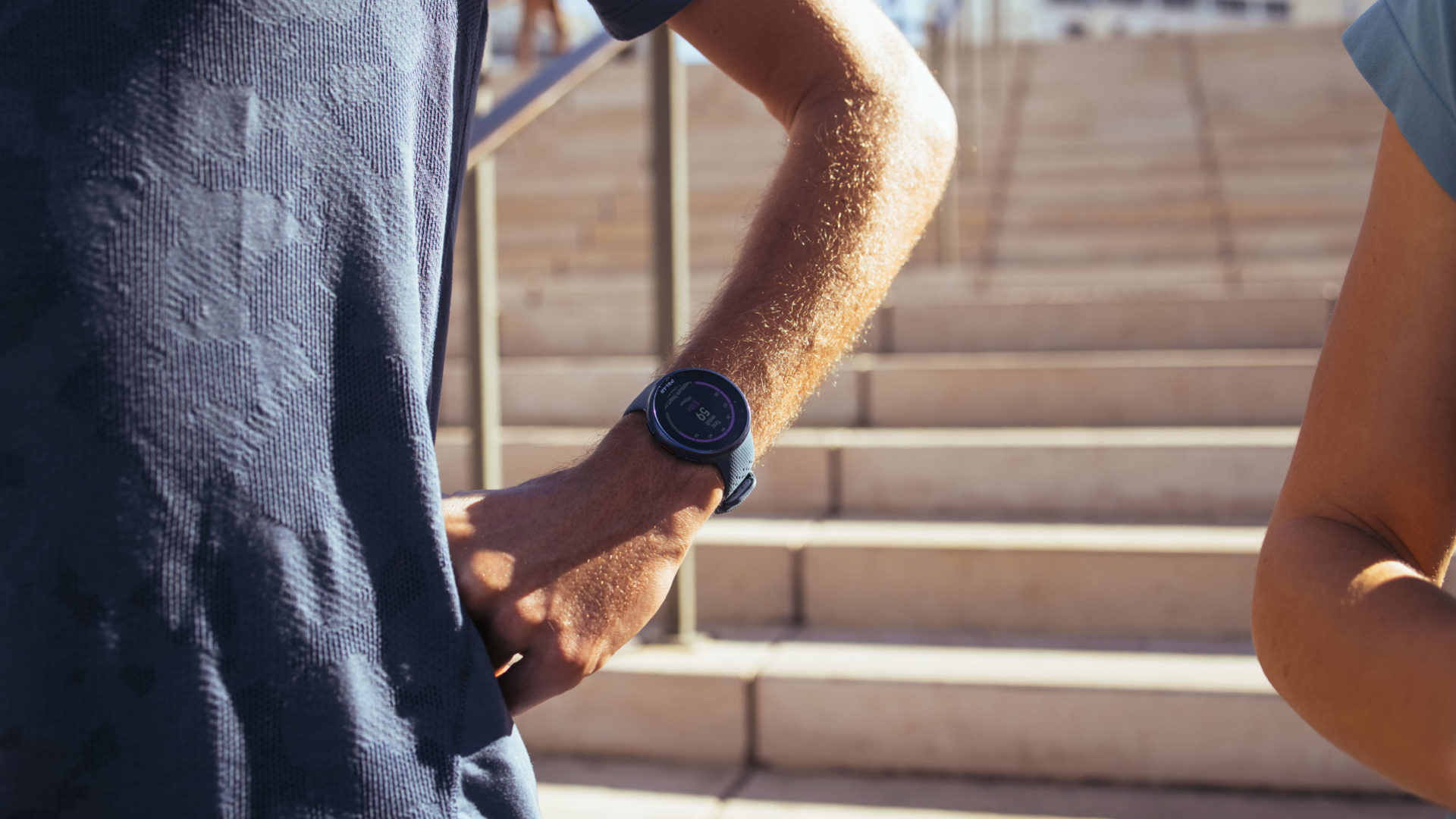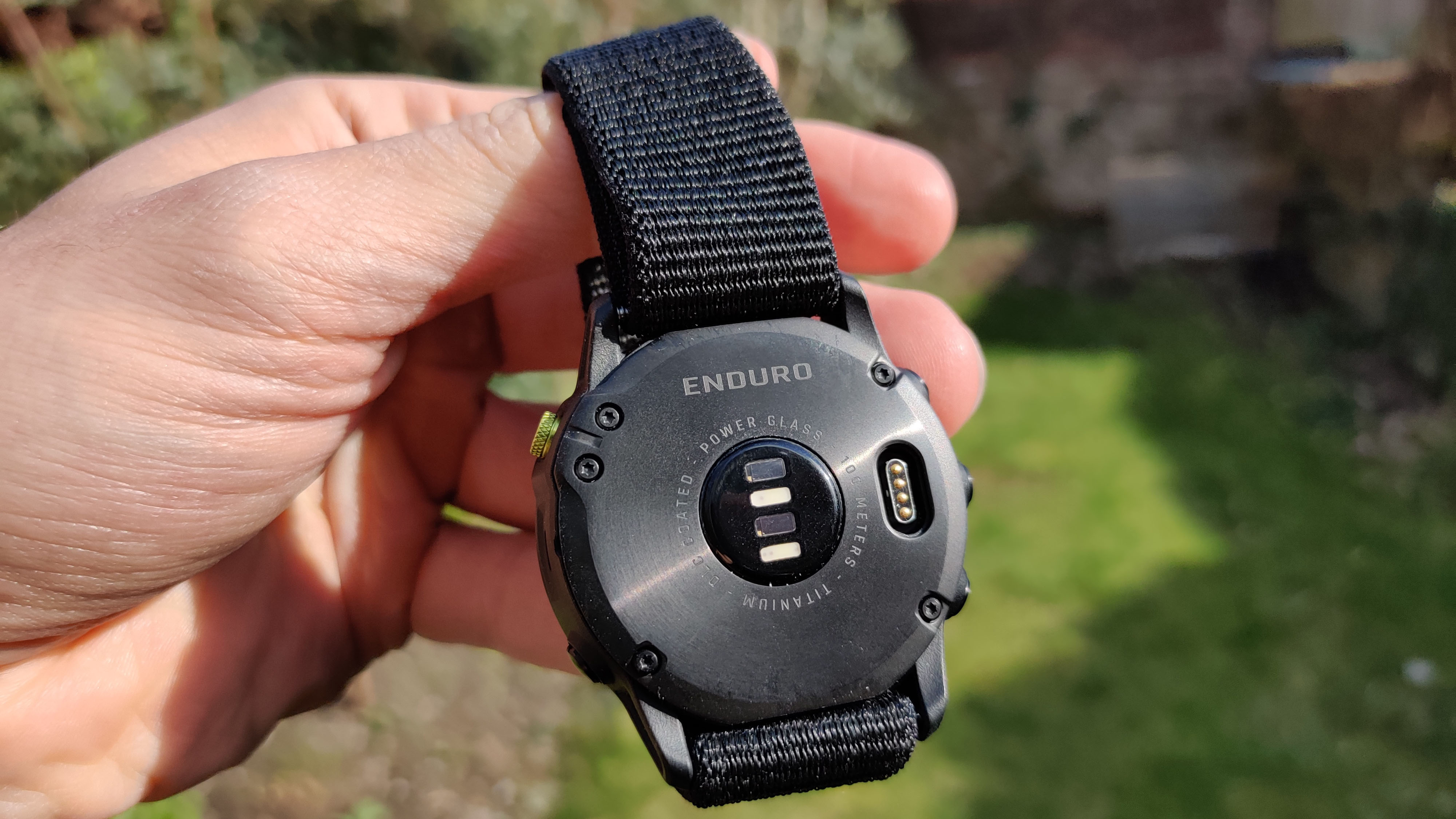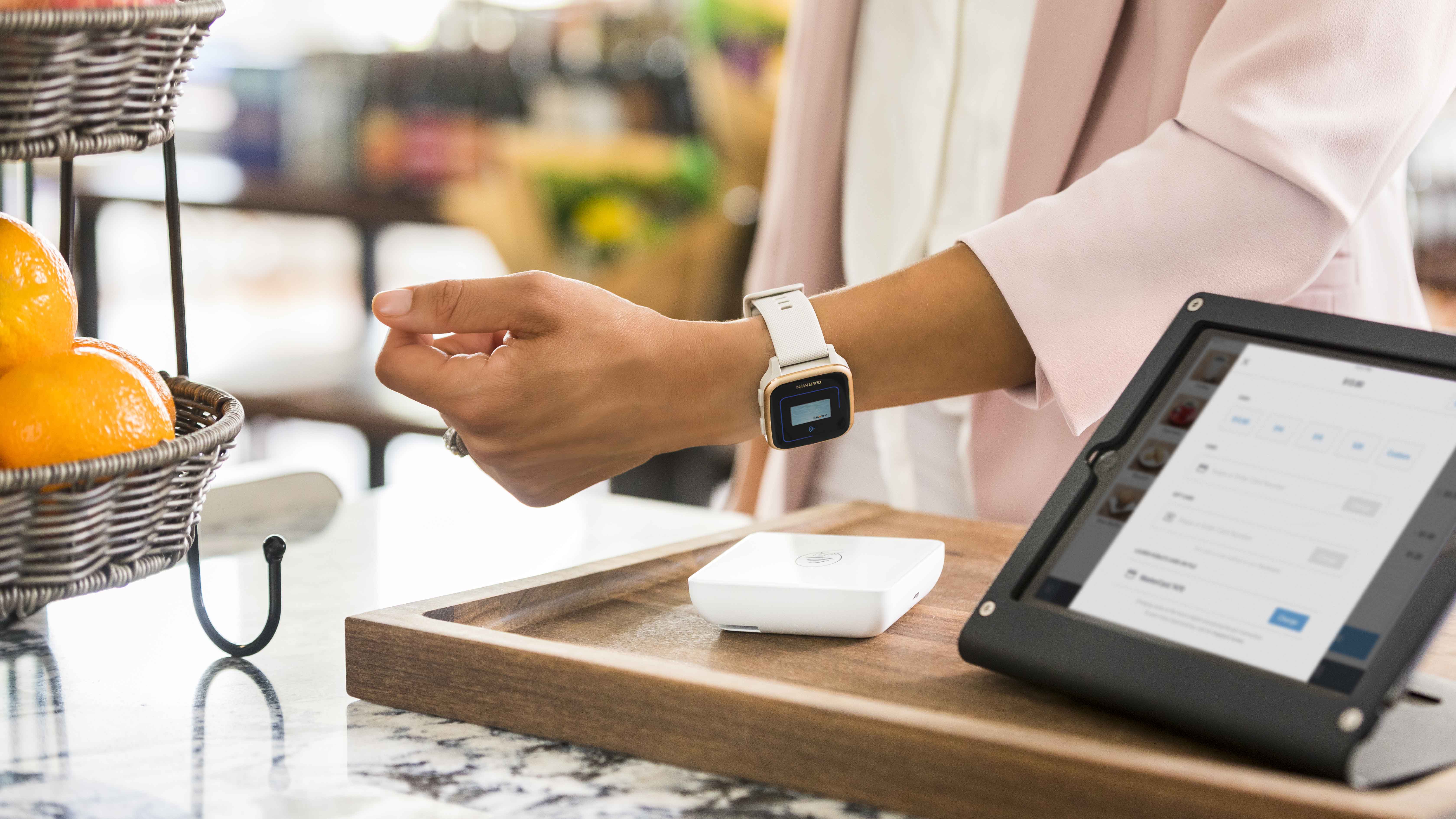

Have you got a running watch? Good for you! We bet you aren't using it right, though. It's no surprise as modern running watches are chockful of features and smart tech that takes time to get used to and master. Here, we list eight running watch mistakes everyone seems to make, from not wearing them often enough to only using them for specific workouts.
The best running watches are far more sophisticated than even the best fitness trackers, and those are very clever devices in this day and age. A top-tier running watch is capable of helping you train more efficiently by constantly monitoring your heart rate, respiration, heart rate variability and more. They can even tell you how to run a faster 5k. Make the most of your advanced sports wearable by avoiding these mistakes! For the record, most of these mistakes also apply to triathlon watches.
1. Not checking the settings
Everyone gets super excited when they buy a new running watch, especially if it's an expensive model like the Garmin Forerunner 945 or the Polar Vantage V2. It's understandable; we like trying out all new gear as soon as it lands on our desk here at T3. However, checking the settings first could ensure the watch tracks all the right metrics, even on your first run.
Take, for example, the Garmin Fenix 7X. This watch can measure stamina depletion during specific workouts (e.g. running and cycling), but only if you activate this in the settings. And worse still, you have to activate this feature in every workout mode you plan to use. It's worth having a rummage around the settings before heading out for your runs so you don't miss out on features you paid for.

2. Not setting up the GPS
Most running watches have built-in GPS nowadays, meaning they can track your position outdoors without a smartphone being in close proximity to them. Most premium running wearables don't stop here: for example, the Huawei Watch GT Runner offer a dual-band multi-system satellite system that allows you to choose how many and which positioning system you want to use.
However, most watches will pick an option for you as default which might not be the best one for your needs. Said default setting usually balances battery life and performance, but some runners might prefer an option where the GPS is more accurate and uses more battery power. Others might not need the GPS on at all and are happy for the accelerometer to do the distance calculations.
For those living in an urban environment, having the most precise GPS setting activated could mean they don't have to wait for minutes for the signal to be picked up. However, that's the perfect opportunity to do some pre-run stretching, something that's often forgotten.
Sign up to the T3 newsletter for smarter living straight to your inbox
Get all the latest news, reviews, deals and buying guides on gorgeous tech, home and active products from the T3 experts
3. Not using the alarm function
Runners can be annoying, especially if you live with one. They'll wake up early on Sunday to go for a run, waking the whole household up by setting an alarm on their smartphone.
There is a better option. You can set an alarm on your running watch and wake up without disturbing others in the house. This feature is especially handy for people who share the bad with their significant other; a gently vibrating wearable is unlikely to wake up other people than you, so you can sneak out of bed and put the work in before the fam wakes up.

4. Buying a more advanced running watch than you need
The temptation is always high to buy an overpowered running watch when they are on offer. After all, that Garmin Enduro is the lowest ever price! Better buy it now. Right now. It won't be around for too long. The clock is ticking. You only do a 5k run every other week, but still, this is such a good deal!
We'll let you in on a little secret: running watches get cheaper all the time. As new models come out and time goes on, sensors and features get updated, and old watches get – well – outdated, so brands make them cheaper to be able to shift their stocks.
Take our advice: it's best to pick a specific running watch model first and then look for offers on that watch. You don't need a Suunto 9 Baro Titanium to track your walks in the park. You can, however, buy a Garmin Forerunner 55 for cheap.
Anyway, you can browse the best Garmin watch deals if you want.
5. Not using the coach/planning function
One of the best things about running watches is that they allow you to approach training proactively. So, instead of 'just' tracking workouts (i.e. reactive), you should plan runs using the usually free companion apps.
Garmin has Garmin Coach, an adaptive workout planner that considers your progress as it maps out future workouts. COROS has its Training Hub, which also allows you to plan ahead. Polar watches recommend activities through the FitSpark feature.
Whatever watch you use, always make sure you don't forget to plan your workouts. It can also help stick to a plan because the watch reminds you of them.

6. Not cleaning the heart rate sensor often enough
If you get a running watch with a heart rate sensor, we'd assume you want to use it to monitor your heart rate? Probably.
Sadly, wrist-based optical heart rate sensors are not the best in tracking heart rate even under the best circumstances, let alone when the connection between the sensor and your skin is compromised. And this is exactly what happens when the sensor is not often wiped clean.
Most people sweat when they work out, and minerals from this will crystallise on the back of the watch, on top of the optical heart rate sensor. And not surprisingly, this will affect heart rate readings, calorie burn calculations, and a number of other things.
Long story short: make sure you wipe the back of the running watch clean with a microfibre cloth after every other workout and definitely before you charge it.
7. Not using the running watch for recovery
Recovery is important, and running watches can help you recover faster by telling you how hard to train based on how well you slept, your heart rate variability and your workout history.
This is yet another feature people don't use often enough. Sure, you can always train based on how you feel – most watches will also ask how the workout felt – but it's not easy to gauge how well you slept, for example, in the middle of a training block, when you're pushing your nervous system out of its comfort zone.
Watches and certain fitness trackers (e.g. Whoop 4.0) can help you better understand the effect of sleep and training load on your body, but you must wear them as often as possible to get accurate estimations.
By optimising your recovery, you'll be able to train more safely and – most importantly – often, which is all we want, isn't it?

8. Not wearing your running watch all-day
You should wear your running watch as often as possible, not just because it can help you recover. These fantastic wearables can even replace some smartphone functions, such as contactless payment and music playback, so you can leave your wallet and phone at home when you head out.
Running watches can also tell the time – we know, crazy! – help you relax through their breathing exercise functions. Some can even tell you the weather and provide turn-by-turn navigation. There is no reason to take them off unless you need to charge them, which you should do during the day so you can wear the watch for sleeping.

Matt Kollat is a journalist and content creator who works for T3.com and its magazine counterpart as an Active Editor. His areas of expertise include wearables, drones, fitness equipment, nutrition and outdoor gear. He joined T3 in 2019. His byline appears in several publications, including Techradar and Fit&Well, and more. Matt also collaborated with other content creators (e.g. Garage Gym Reviews) and judged many awards, such as the European Specialist Sports Nutrition Alliance's ESSNawards. When he isn't working out, running or cycling, you'll find him roaming the countryside and trying out new podcasting and content creation equipment.

